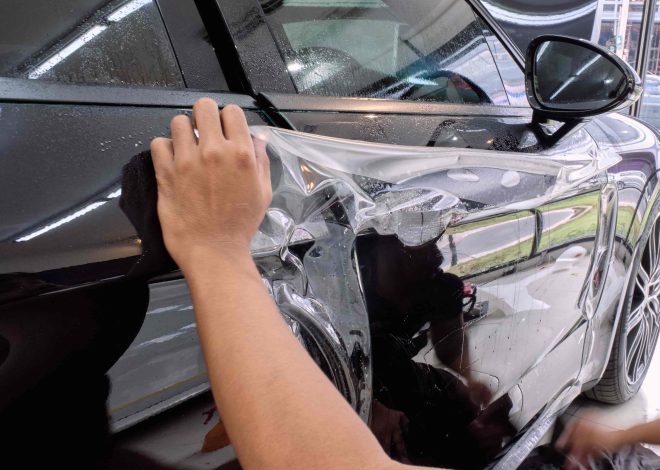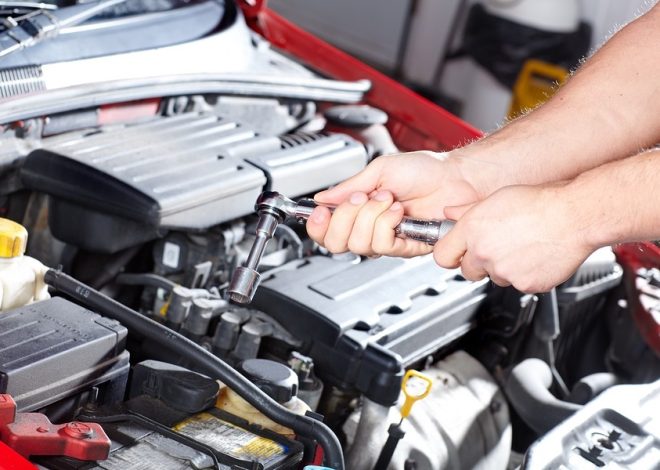
7 Reasons the Dodge Viper Is Still a Top Collector’s Car
Few American cars stir the soul quite like the Dodge Viper. Raw, unapologetic, and built with a focus on unfiltered performance, the Viper has always stood in a league of its own. Though production ended in 2017, the Viper remains a top-tier choice among car collectors and enthusiasts alike. Its legacy lives on—not just in garages and showrooms, but in auctions, track days, and the hearts of drivers who crave a visceral driving experience.
So, what keeps this bold machine at the top of the collector car food chain? Here are seven compelling reasons the Dodge Viper continues to be a must-have for serious enthusiasts.
1. A True American Supercar
From the moment it debuted in 1992, the Dodge Viper broke the mold. With its massive 8.0-liter V10 engine, minimalist interior, and aggressive styling, it didn’t try to be refined—it was built to be wild. Over the years, the Viper evolved into a world-class performance machine, competing with Ferraris and Lamborghinis at a fraction of the cost.
Its brute-force approach, combined with American muscle car roots, gives the Viper a unique identity. Collectors appreciate the Viper not just as a fast car, but as a symbol of bold, unapologetic engineering that’s distinctly American.
2. Low Production Numbers Add to Rarity
One of the strongest drivers of collectibility is rarity—and the Dodge Viper delivers. Compared to mass-produced sports cars, Vipers were always built in relatively limited numbers. Special edition models such as the Viper ACR, GTS-R, and Final Edition are even rarer, with production numbers often limited to just a few hundred units or fewer.
This scarcity makes each Viper more valuable as time passes, especially when low-mileage examples or well-preserved models hit the market. Enthusiasts looking for a long-term automotive investment are naturally drawn to vehicles with limited availability.
3. Manual-Only Transmission Preserves Driving Purity
In an era where paddle shifters and dual-clutch gearboxes dominate, the Viper stands as a last bastion of driving purity. Every generation of the Viper came exclusively with a manual transmission. There were no compromises—just you, the clutch, and 600+ horsepower under your control.
This connection between driver and machine makes the Viper feel like a throwback to a different era, one where skill and instinct mattered more than computer assistance. For collectors, this analog charm is part of what makes the Viper so special—and increasingly rare in today’s automotive landscape.
4. Timeless, Aggressive Design
The Viper’s look has always been unmistakable. Long hood, side-mounted exhaust, wide stance—it has the proportions and presence of a predator on four wheels. Each generation evolved the design while staying true to the original concept: bold curves, aerodynamic efficiency, and head-turning aggression.
Even years after its final production run, the Viper doesn’t look dated. It stands out in traffic, at car shows, or on the track. This timeless visual appeal ensures continued demand among collectors who want a car that makes a bold statement.
5. Proven Track Performance and Racing Pedigree
The Viper wasn’t just built for the road—it was bred to win. With multiple championship wins in endurance racing, including the 24 Hours of Daytona and 24 Hours of Le Mans, the Viper earned its place among the world’s elite track machines. The Viper ACR (American Club Racer) set lap records at tracks across the globe, including the Nürburgring.
Collectors love a car with motorsport heritage, and the Viper’s racing success only adds to its legacy. Many track-focused Vipers come with rare features like carbon-ceramic brakes, aerodynamic kits, and suspension upgrades that further boost their value.
6. Strong Aftermarket and Community Support
Owning a Dodge Viper means joining a passionate community of gearheads and performance junkies. From enthusiast forums to Viper-specific clubs and nationwide events, there’s no shortage of support and camaraderie. This active community not only adds to the ownership experience but also helps maintain the car’s relevance in the collector world.
On top of that, a strong aftermarket scene ensures that Vipers can be maintained, upgraded, or restored with relative ease. Whether you’re looking to enhance performance or keep your car factory-correct, the resources are readily available.
7. Increasing Value and Investment Potential
While many modern performance cars lose value quickly, the Dodge Viper is already showing signs of strong appreciation—especially for rare trims and well-preserved examples. As fewer pristine models become available and collector interest grows, values are expected to continue rising.
This makes Dodge Viper financing an increasingly smart move for buyers looking to secure a rare car that doubles as an appreciating asset. With the right terms, buyers can preserve cash flow while adding a standout vehicle to their portfolio.
The Dodge Viper isn’t just a piece of automotive history—it’s a legend that continues to captivate drivers, collectors, and performance enthusiasts. With its raw power, limited production, and unapologetic design, the Viper checks every box for what makes a car collectible.
Whether you’re chasing lap times or curating a garage of rare finds, the Viper remains a top-tier choice that’s only getting more desirable with time.




